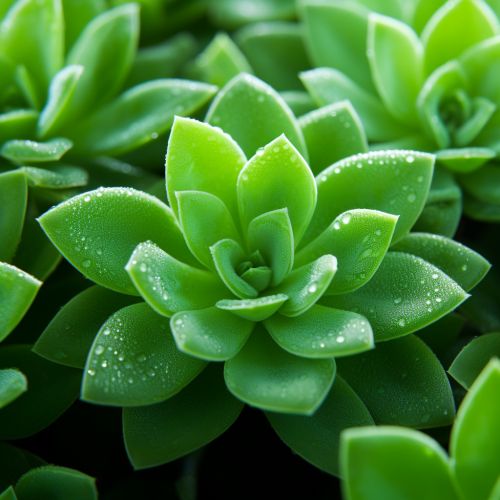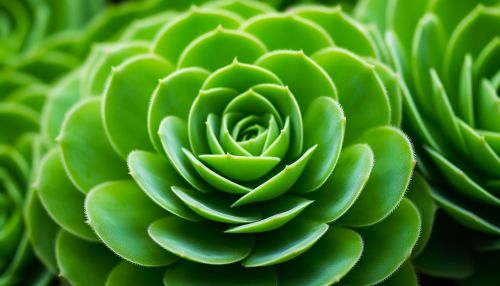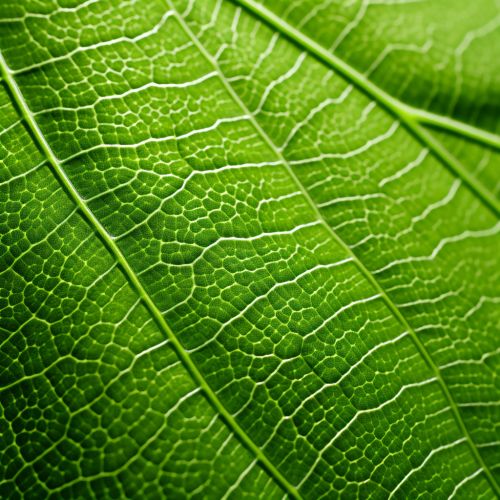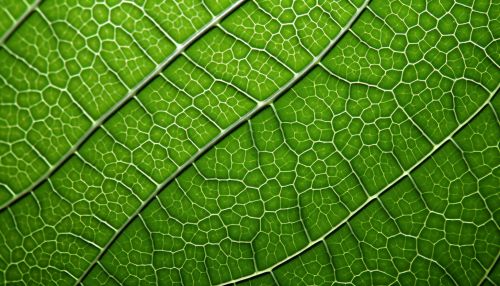CAM photosynthesis
Overview
CAM photosynthesis, also known as Crassulacean Acid Metabolism, is a carbon fixation pathway that evolved in some plants as an adaptation to arid conditions. In a plant using full CAM, the stomata in the leaves remain shut during the day to reduce evapotranspiration, but open at night to collect carbon dioxide (CO2), and allow it to diffuse into the mesophyll cells.


Process
The CO2 is stored as the four-carbon acid malate in vacuoles at night, and then used during the day for photosynthesis. The pre-collected CO2 is concentrated around the enzyme RuBisCO, increasing photosynthetic efficiency. This process is also known as dark fixation of CO2 due to the fact that the CO2 fixation takes place during the night.
Evolution
CAM photosynthesis is thought to have evolved as an adaptation to arid conditions. It is particularly common in plants that are native to desert regions, where it allows them to maximize water efficiency. This is because the stomata, or pores, in the leaves of CAM plants remain closed during the day, when evaporation rates are highest, and open at night, when evaporation rates are lower.
Comparison with Other Photosynthetic Pathways
CAM photosynthesis is one of three types of photosynthetic pathways used by plants. The other two are C3 and C4 photosynthesis. CAM photosynthesis is the least common of the three, but it is used by many succulents and cacti, as well as some orchids and bromeliads.


Advantages and Disadvantages
The main advantage of CAM photosynthesis is its water efficiency. By keeping their stomata closed during the day, CAM plants are able to reduce water loss through evapotranspiration. However, this comes at a cost, as the process of storing and releasing CO2 is energy-intensive. This means that CAM plants often grow more slowly than C3 and C4 plants.
